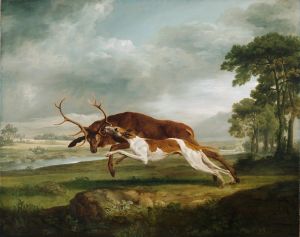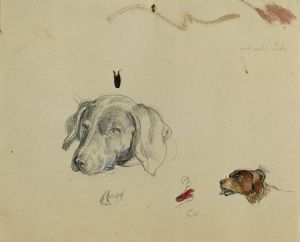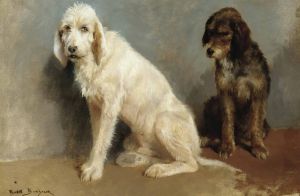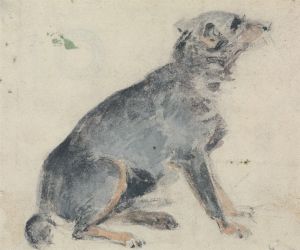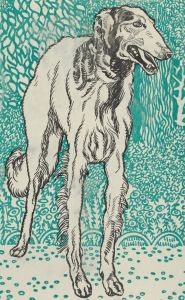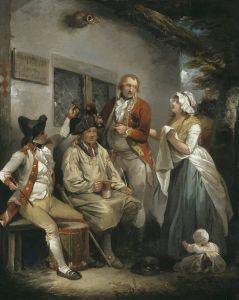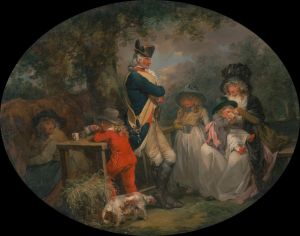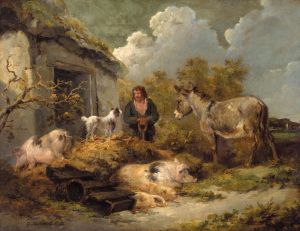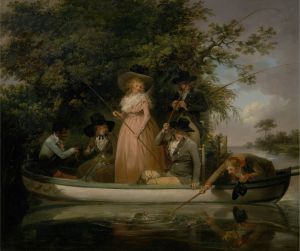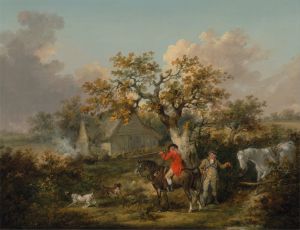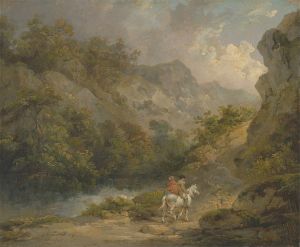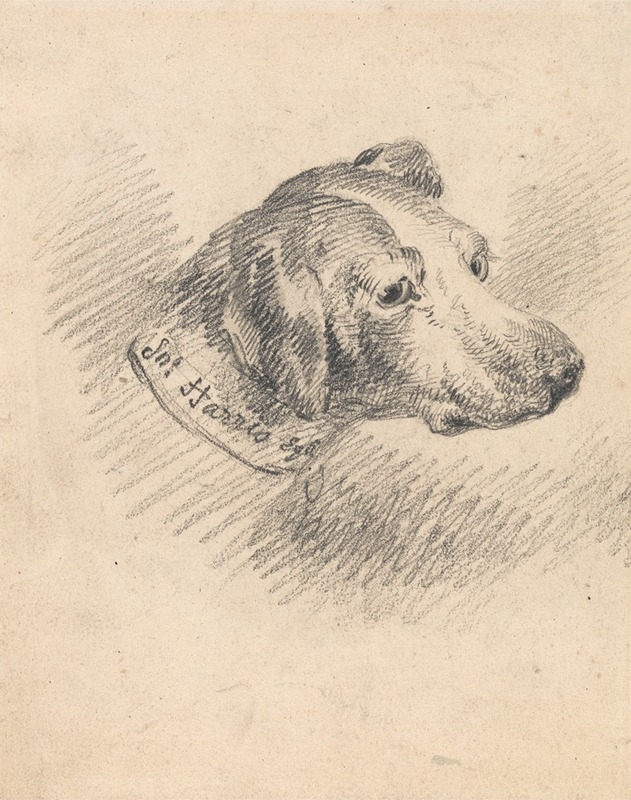
Head of a Hound
A hand-painted replica of George Morland’s masterpiece Head of a Hound, meticulously crafted by professional artists to capture the true essence of the original. Each piece is created with museum-quality canvas and rare mineral pigments, carefully painted by experienced artists with delicate brushstrokes and rich, layered colors to perfectly recreate the texture of the original artwork. Unlike machine-printed reproductions, this hand-painted version brings the painting to life, infused with the artist’s emotions and skill in every stroke. Whether for personal collection or home decoration, it instantly elevates the artistic atmosphere of any space.
George Morland was an English painter, born on June 26, 1763, and known for his rustic and animal paintings. One of his notable works is "Head of a Hound," which exemplifies his skill in animal portraiture. Morland's career flourished in the late 18th century, and he became particularly renowned for his ability to capture the essence and character of animals, a talent that is evident in this painting.
"Head of a Hound" is a detailed and expressive portrayal of a dog's head, showcasing Morland's keen observation and technical proficiency. The painting is characterized by its realistic depiction of the hound, with careful attention to the texture of the fur and the soulful expression in the dog's eyes. This work reflects Morland's deep appreciation for animals and his ability to convey their individuality and spirit.
Morland's approach to painting animals was influenced by his background and training. He was born into a family of artists; his father, Henry Robert Morland, was also a painter and engraver. George Morland received his early training from his father and later studied at the Royal Academy Schools. His early exposure to art and formal education provided him with a strong foundation in drawing and painting techniques, which he applied to his animal portraits.
Throughout his career, Morland's work was highly sought after, and he enjoyed considerable success. However, his personal life was marked by financial difficulties and struggles with alcoholism, which ultimately affected his productivity and health. Despite these challenges, Morland continued to produce a significant body of work, including "Head of a Hound," which remains a testament to his talent and dedication to his craft.
"Head of a Hound" is part of a broader tradition of animal painting in British art, which gained popularity in the 18th and 19th centuries. Artists like Morland played a crucial role in elevating the genre, bringing a level of detail and emotional depth that resonated with viewers. This painting not only highlights Morland's technical abilities but also his ability to connect with the subject matter on a deeper level.
The painting is typically rendered in oil on canvas, a medium that Morland frequently used. The use of oil paints allowed him to achieve rich textures and subtle gradations of color, enhancing the lifelike quality of the hound's depiction. The composition focuses closely on the dog's head, drawing the viewer's attention to its expressive features and creating an intimate connection with the subject.
"Head of a Hound" exemplifies George Morland's contribution to animal portraiture and his enduring legacy in the art world. His ability to capture the essence of his subjects with such precision and empathy continues to be admired by art enthusiasts and scholars alike. This painting remains an important example of Morland's work and a significant piece within the broader context of British animal painting.





